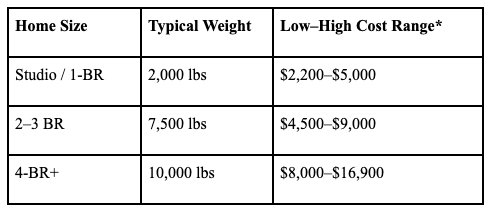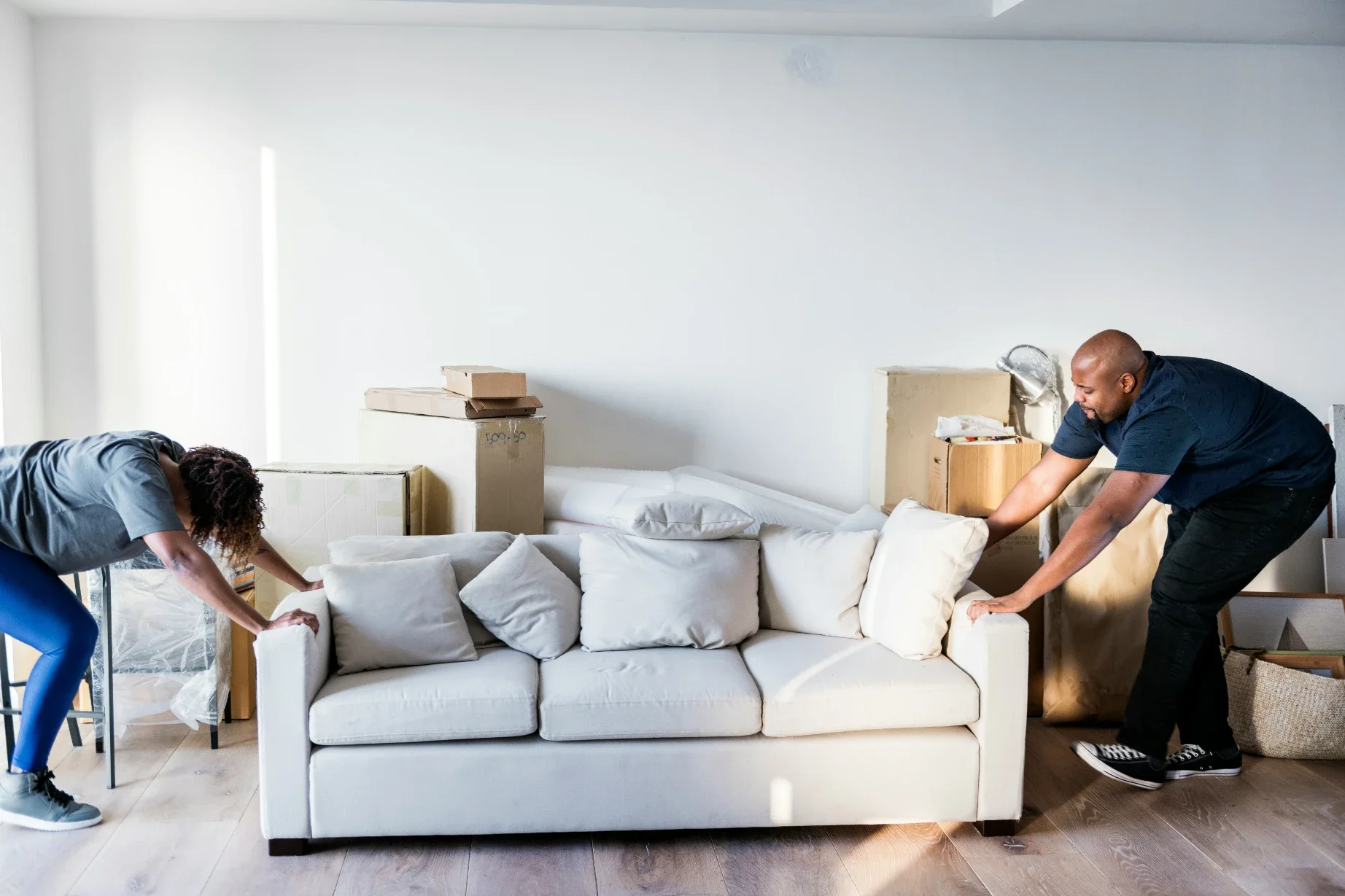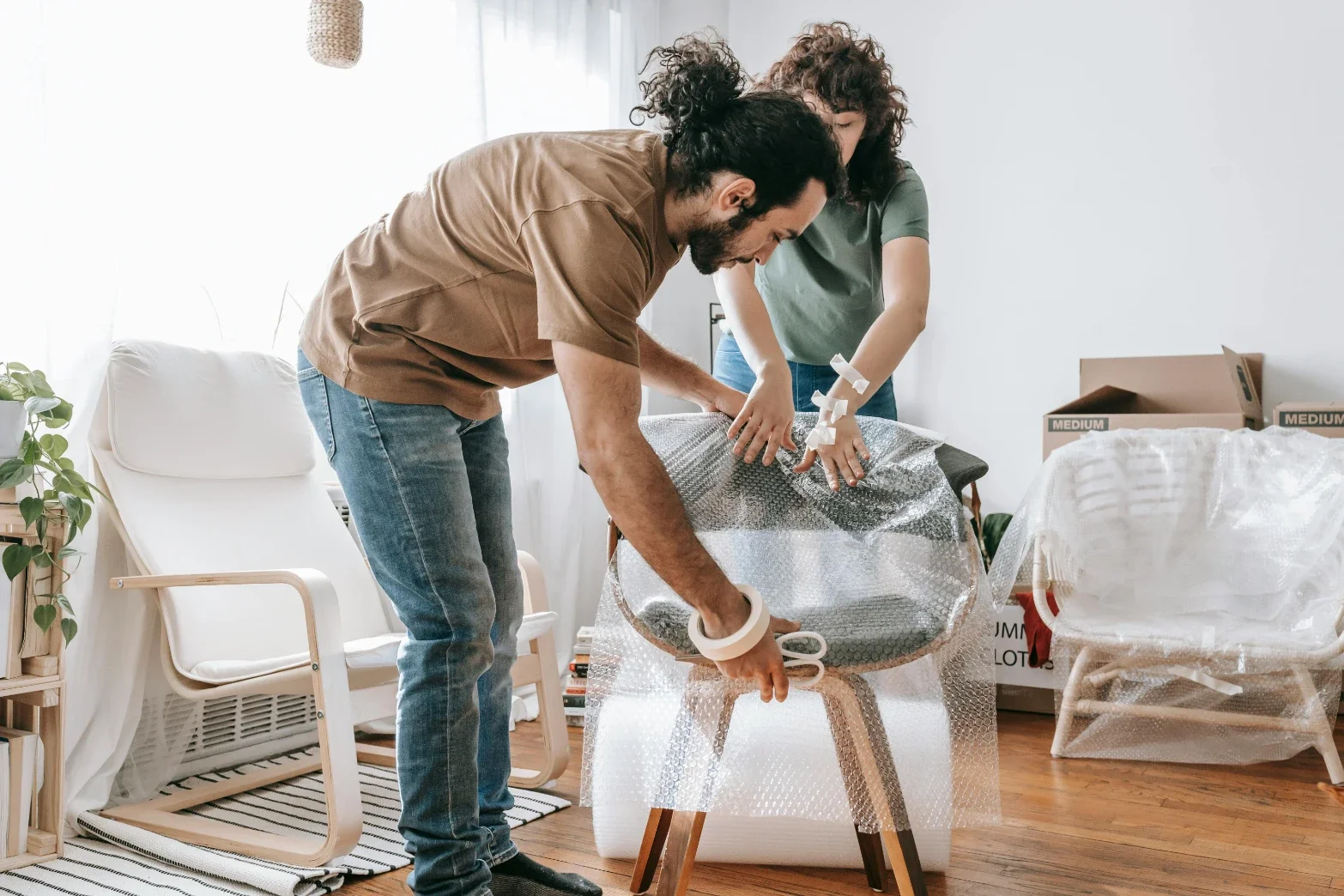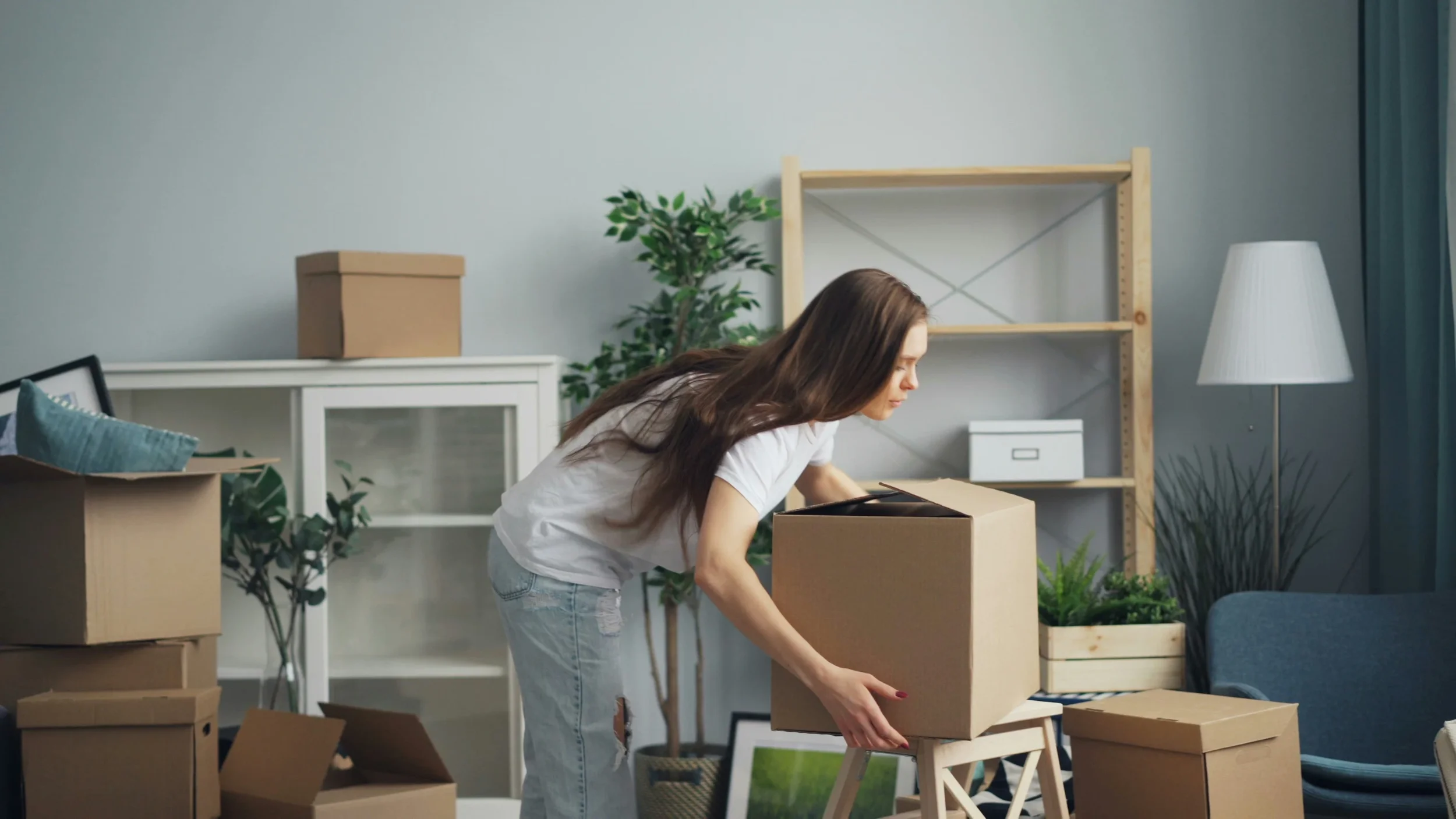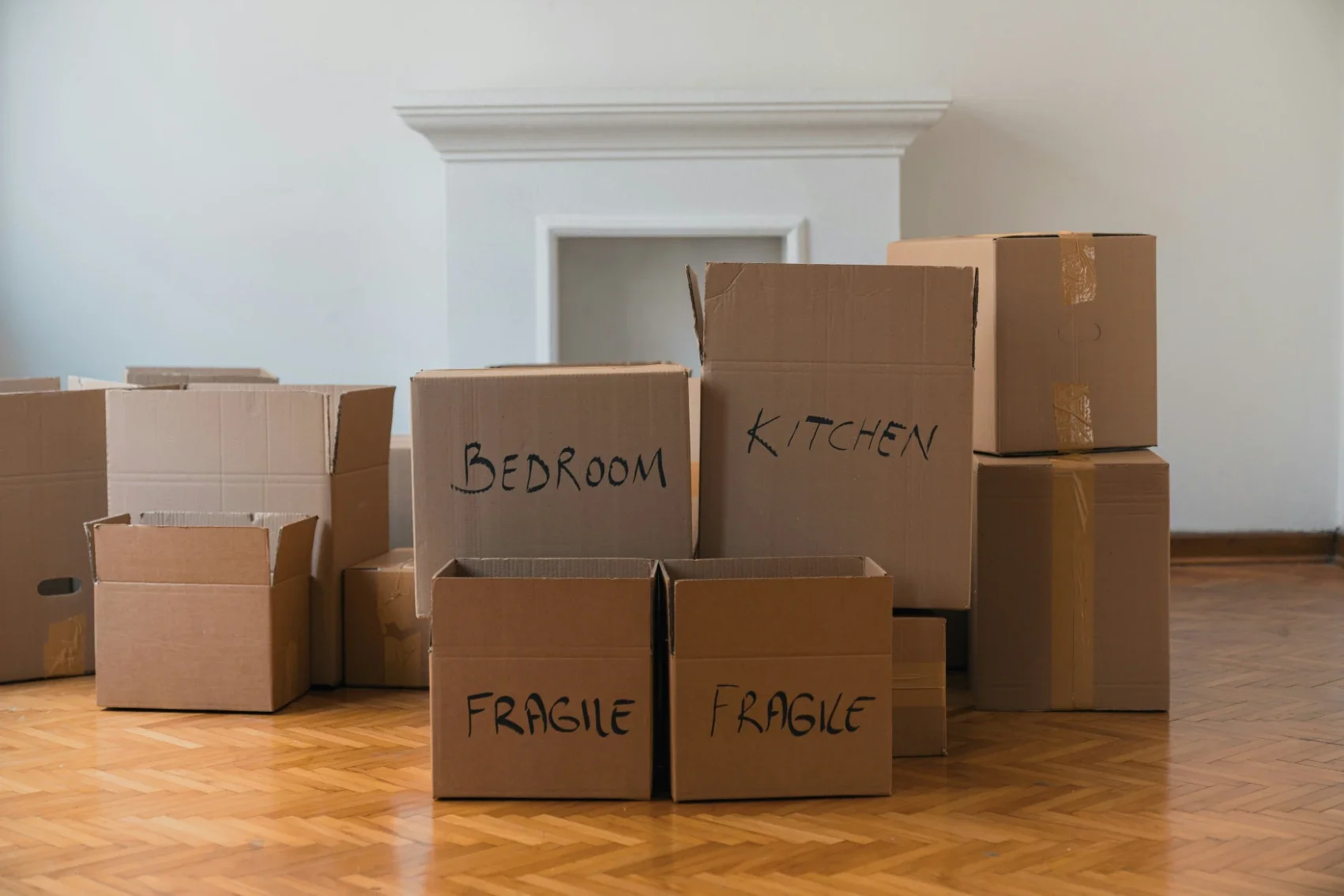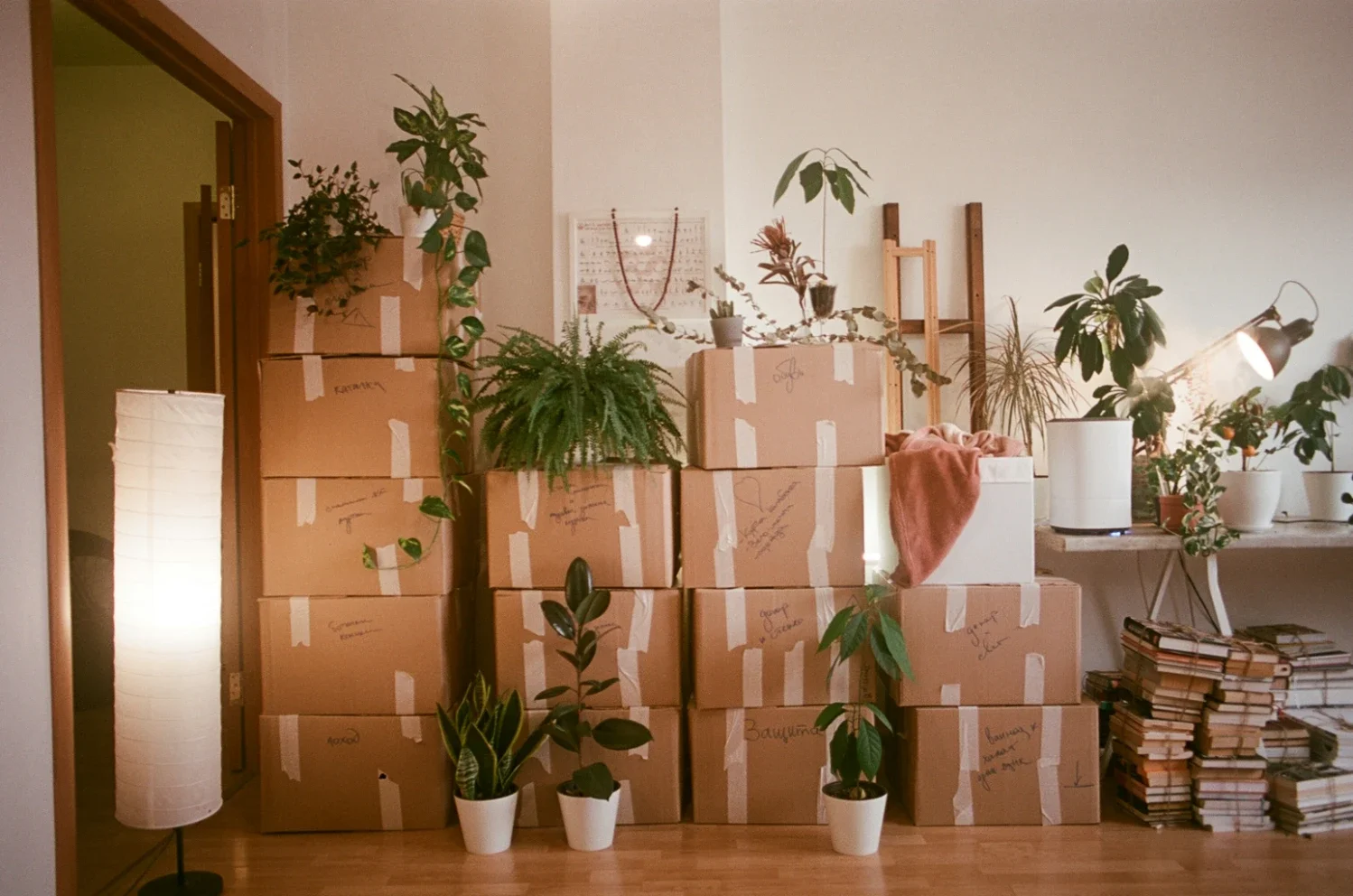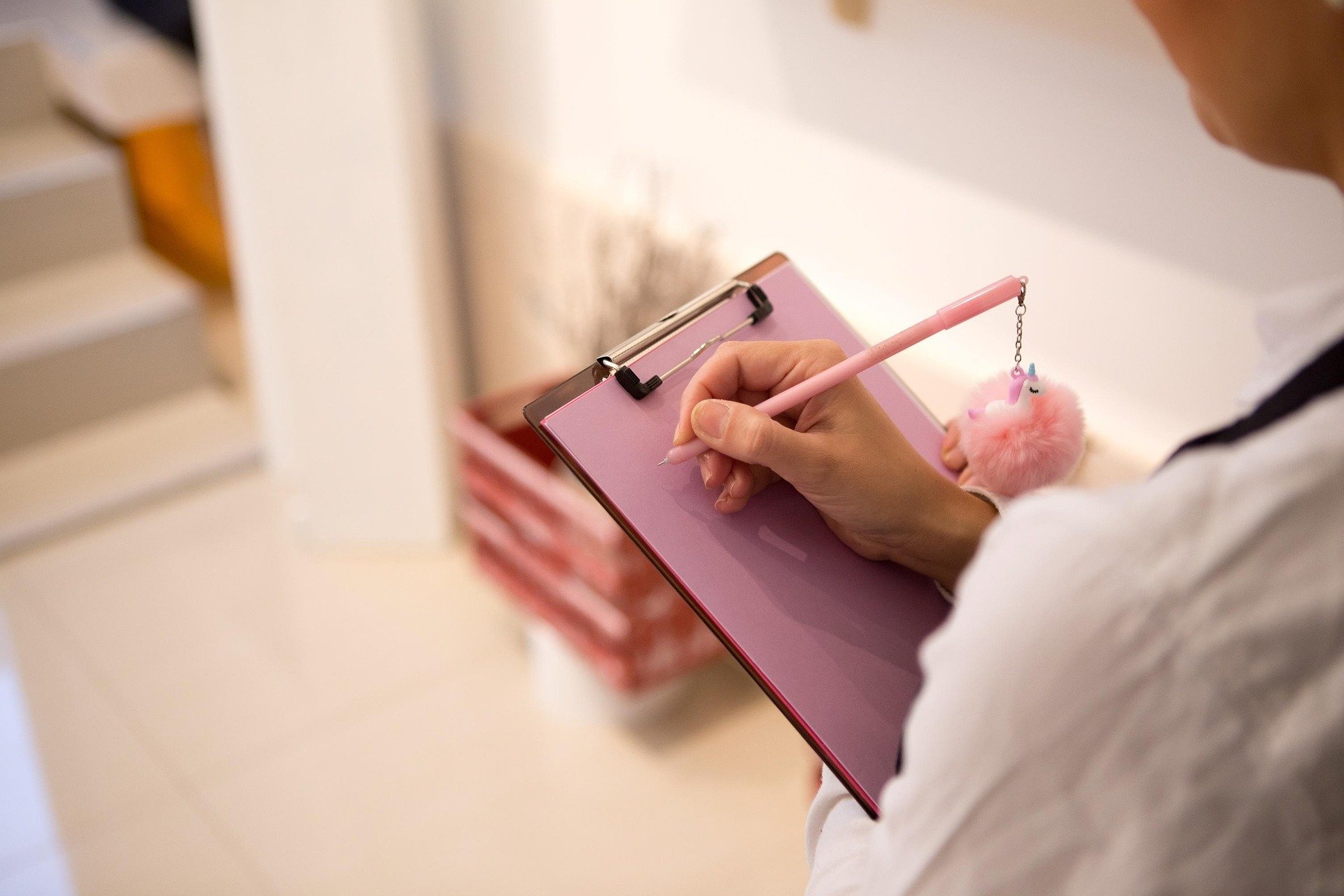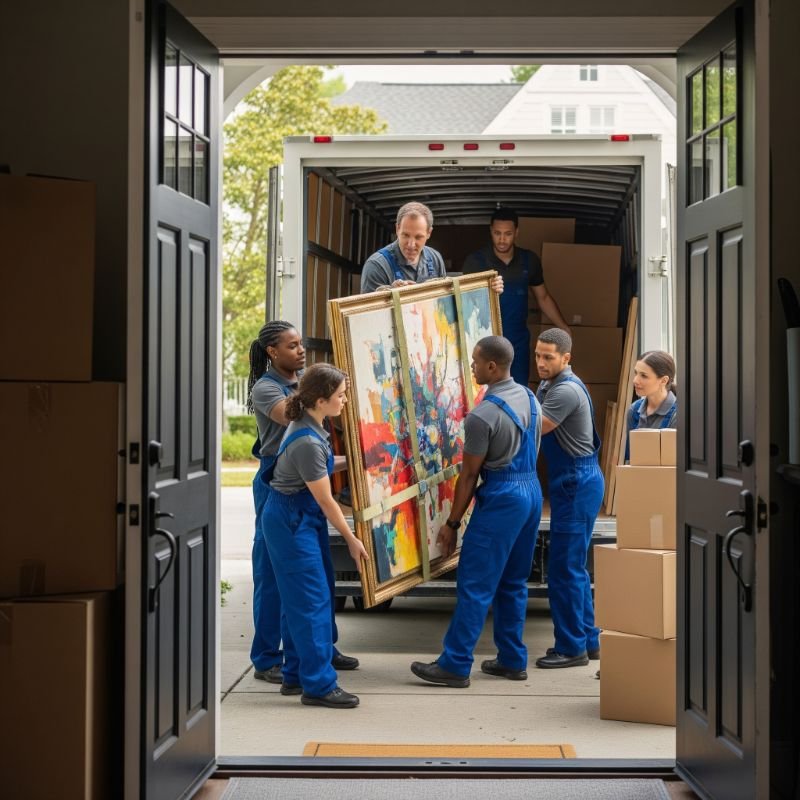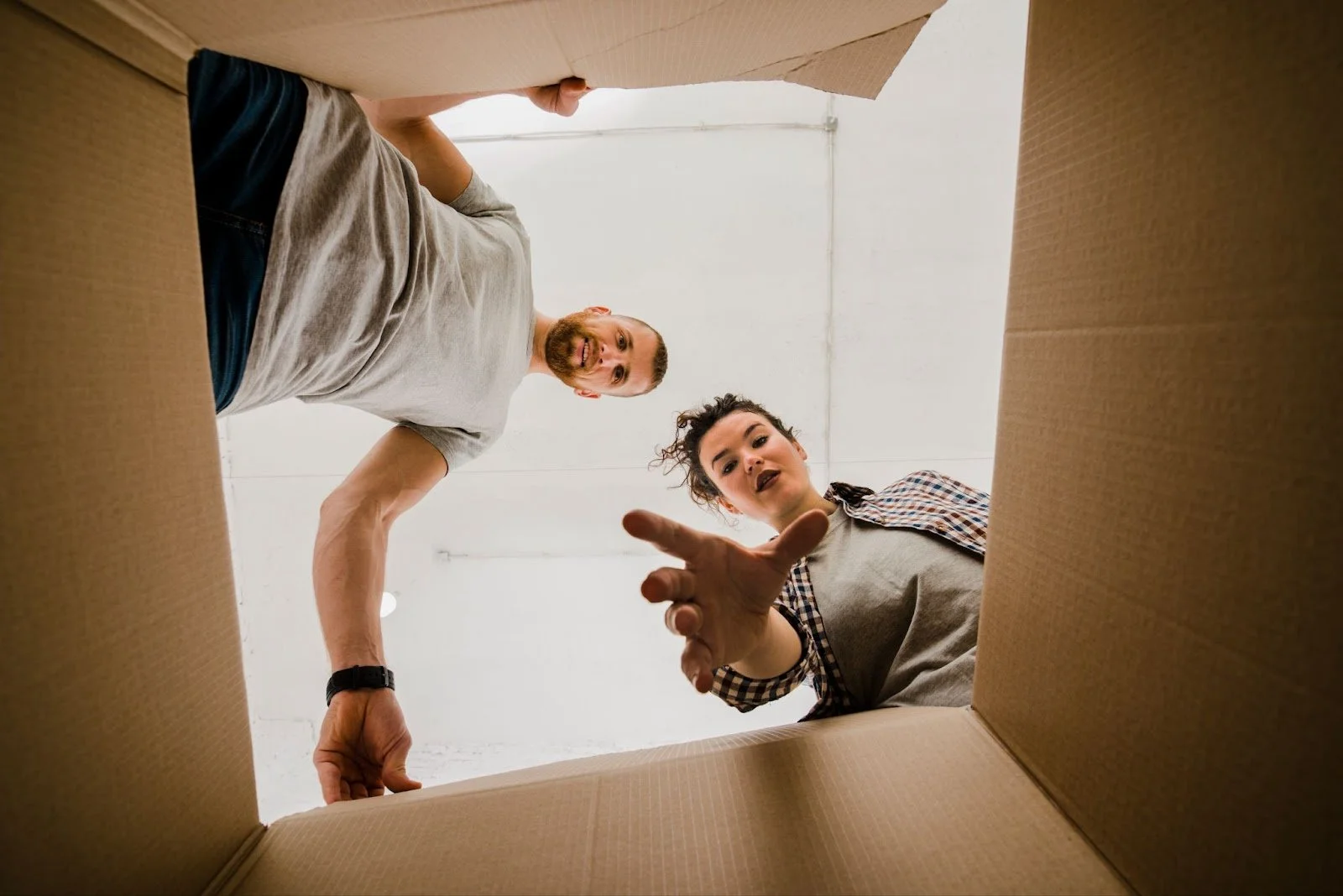What to Consider When Moving Your Home Décor Between States
Moving décor across state lines? Learn how to plan, protect, and budget so every lamp, canvas, and keepsake arrives intact —and looks perfect in its new home.
Imagine taking the tape off the last box and finding all of the glass containers still in one piece, your old mirror still shining, and Grandma's quilt folded up and ready to be draped over a brand-new couch. This feeling of comfort is what smart decor movers look for.
According to census.gov, interstate relocation is surging, and a total of 8.2 million Americans crossed state lines in 2022; each journey carrying its own climate shifts, transit miles, and style reboot. Whether you’re trading Austin’s sun-baked neutrals for Miami pastels or heading from Denver’s mountain modern to Brooklyn industrial chic, the blueprint below will help every accent piece survive and thrive after the trip.
Planning Your Décor Move Ahead of Time
Good décor moves rarely start with bubble wrap; they start with brainwork.
1. Start with a Room-by-Room Audit
Walk around your home with a clipboard and ruthless curiosity. Note what’s worth hauling, what’s worth donating, and which items need speciality crates.
2. Create a Visual Roadmap
Open Pinterest, mood-board apps, or flip through some home décor idea galleries for inspiration. Mapping colours and textures early prevents you from shipping pieces that won’t match the new vibe.
3. Lock In Your Timeline and Team
The FMCSA moving checklist recommends collecting written estimates from at least three registered movers two months out. That window gives specialty carriers time to source art crates or climate-controlled vans if needed. For example, if your route involves moving to Florida from Texas, remember that humidity and salt air can warp untreated wood.
Protecting Fragile and Valuable Décor
Here’s how to safeguard every heirloom, glass bauble, and statement mirror so it arrives looking showroom-fresh.
1. Wrap Like a Pro
Professional packers swear by a three-layer system—packing paper, bubble wrap, and then a snug box lined with soft fill. Professional packers fill hollow vessels with crumpled paper to cushion and protect even the most breakable items from impact.
2. Artwork & Mirrors Need Specialty Boxes
Flat-panel boxes sized two inches larger than the frame create the necessary buffer. Use painter’s tape in an “X” across the glass to reduce shattering risk.
3. Label Upright and Fragile on Every Side
It sounds obvious, but movers can only treat what they can see. Big arrows and “Glass—This Side Up” stickers are cheap insurance.
4. Keep Irreplaceables With You
Birth-certificate shadow boxes, heirloom china, and one-of-a-kind ceramics ride safest in your own car.
Hiring Professional Movers vs. DIY Moving
1. The Case for the Pros
White-glove services supply custom crates, real-time GPS, and inside-delivery setup. They’re worth every penny when you own marble-topped consoles or oversized art.
2. The Case for DIY
A small apartment of IKEA-era décor might fit in a rented 12-ft truck. Borrow moving blankets, recruit two strong friends, and you may pocket four-figure savings.
3. Insurance & Paperwork
Interstate carriers must offer Released Value (60 ¢/lb) and Full Value Protection. Read the fine print. Never sign blank documents; that is a top red flag.
Adapting Your Décor to Your New Home’s Style
1. Study the Architecture and Climate
Before unpacking, scan your new home’s bones: ceiling height, window size, built-ins, and room flow. Note that humid air swells wood, desert dryness cracks leather, and bright heat fades fabrics. Matching furniture scale, palette, and materials to these cues makes décor feel naturally rooted and timeless.
2. Re-Mix Before You Re-Buy
Try your Texas leather sofa against a Florida aqua wall before ditching it. A single accent rug can tie the two worlds together.
3. Focus on Regional Materials
Sun-soaked coasts bounce more blue daylight into a room than the hazy hill country of Central Texas. That extra cool light can drain warmth from pale woods, so a walnut coffee table that looked rich in Austin may read flat in Fort Lauderdale. Swap heavy wool throws for airy linen; trade dark walnut for whitewashed oak. Researching a little about modern coastal decorating ideas may help you pick more natural textures and cohesive colours that takes center stage near the sea.
4. Lean on the 60-30-10 Rule
Keep 60 percent of a room in a dominant hue (think warm linen), 30 percent in a secondary tone (sun-faded terracotta), and 10 percent as a pop color (sea-glass teal). That simple ratio prevents palette panic when you’re unpacking a dozen décor boxes at midnight. Choose colours that make you stay in the room, not drive you away.
Interstate Moving Costs: What the Numbers Say
When you are unaware of the standards, sticker shock might creep up on you. In the middle of the pack, a 7,500-pound, three-bedroom package travelling around 1,000 miles costs an average of $4,890, according to national polls. Prices for long-distance moves may range from $2,200 to $16,900 in Forbes Home's 2025 overview, with additional charges for things like shuttle service and stair fees.
*Ranges pulled from Allied’s 2025 long-distance calculator and Forbes composite data.
Quick ways to stay below the midpoint
Purge 10 percent of volume – Every ¾-full bookcase you sell trims 200 lbs (≈ $120 on an average per-pound tariff).
Ship off-season – April–May and September–October quotes trend 10–15 percent lower than late-June peaks, per American Trucking Association figures.
Bundle services – Some van lines have fees when you combine moving, short-term storage, and auto transport in one contract.
Request a weight-ticket copy – Federal law entitles you to the certified scale ticket; cross-check it against the estimate before you pay. The FMCSA spells out that right in its Protect-Your-Move resource hub.
Numbers alone can’t guarantee a stress-free journey, but knowing the spread lets you spot outliers and negotiate with confidence, especially if you need to budget for both Gulf-coast humidity prep and 1,300 miles of diesel.
Budgeting for Your Décor Move
1. Hidden Costs Add Up Fast
Specialty art crates, climate-controlled storage, and extra insurance can raise quotes by 10–20%. Build a cushion now rather than later.
2. Pack Smarter, Spend Less
Re-usable IKEA-style zipper bags or sturdy totes can shave box costs, while towels replace some bubble wrap.
3. Track Expenses in Real Time
A simple spreadsheet (or budgeting app) lets you pivot if quotes balloon. Don’t forget to log post-arrival refresh items like fresh paint or new hardware.
Final Tips for a Smooth Décor Transition
Photograph Cable Setups – Snap the back of TVs and gallery-light wiring before unplugging.
Stage Before You Unpack – Place furniture first, then décor; this avoids extra lifting.
Let Items Breathe – Florida air can swell wood; leave a 24-hour acclimation window before hanging that antique cabinet.
Refresh, Don’t Rush – Even the most disciplined budget should leave space for one new statement piece celebrating your fresh start.
Moving décor is part logistics, part design adventure. Plan early, pack well, and your favorite pieces will sail through hundreds of miles ready to make the new place feel like home from day one.

